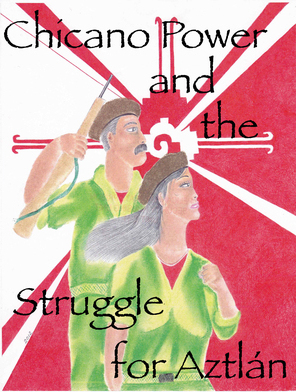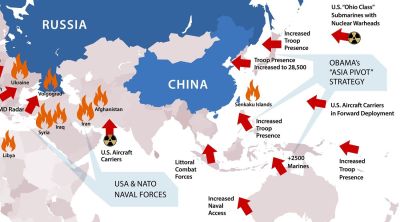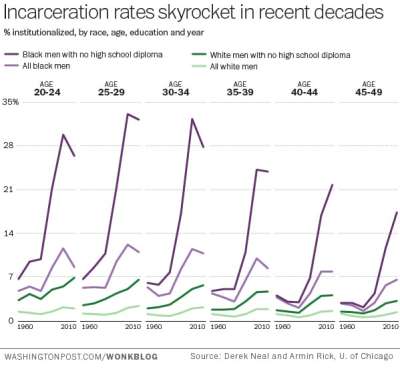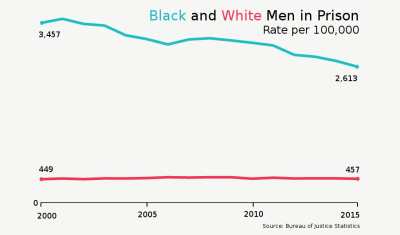
Medical neglect and mistreatment for serious infection
In January, I had open heart surgery. I now am in possession of a pig-part-heart. My aortic heart valve was removed and replaced with a porcine aortic valve. The surgery was to have been performed January 2, 2018, but was postponed as I had contracted methicillin resistant staphylococcus aureus (MRSA), a most virulent strain of staph.
The 24th day of December, 2017, I had scrubbed my cell floor on my hands and knees, something I had done thousands of times before. After having cleaned my cell, I noticed a small abrasion at my left knee on a scar from an old ACL surgery. Being ever mindful of infections, I wrapped the abrasion in a powered bleach poultice. The next day the abrasion had metastasized and my leg had begun to swell. I knew I had contracted staph.
December 25th, 26th and 27th, I submitted to the Estelle Unit Medical Dept. requests for medical treatment (RMT), citing MRSA for cause. These RMTs were ignored. Thursday, December 28, at 0500 hrs., when the cell doors were first opened for the day, I made a beeline for the infirmary. In route to the infirmary I attracted a gaggle of prison guards ordering me back to my cell or be subjected to physical assault. By the morning of the 28th, my leg had swelled to where my pant leg was stretched tight against my skin and the wound had drained pus and blood, not only through my trousers, but through my thermal underwear as well. The need for medical attention was readily apparent.
Standing outside the prison infirmary, I informed this gaggle of guards there were two options available to us. 1. I be allowed to access the infirmary; 2. They place me in isolation, but if it was to be option #2, I wasn’t going easily.
At this juncture a nurse intervened advising me to return to my cell and I would be summoned to the infirmary when a primary healthcare provider arrived. I responded I would go for the okey doke one time and did return to my cell. Several hours later I was returned to the infirmary and immediately placed on a vancomycin IV for MRSA.
December 29th, I was transported to the prison hospital in Galveston per the aforementioned open heart surgery. The only reason I boarded the transport bus was I was in the hope I would be hospitalized and treated for MRSA. No such luck. When it was determined surgery could not be performed, as I knew it couldn’t, I was treated like a leper. Swollen leg, pus and blood encrusted clothing, difficulty ambulating and all my pleas for medical attention were totally ignored. Twenty-four hours later I was returned to the Estelle Unit and immediately placed on an IV regimen of vancomycin, and extremely strong antibiotic. There was talk among the Estelle medical staff of saving my leg. Yeah, it was like that.
While on the vancomycin regimen I was informed by medical personnel it would be at least a couple of months before open heart surgery would even be considered as the porcine aortic valve I was to receive was extremely susceptible to infection and before the surgery could be performed it must be ascertained the MRSA had been absolutely eradicated. January 9, 2018, the plug was pulled on the vancomycin treatment. January 17, 2018, I had a porcine aortic heart valve implanted to my heart.
January, I was transported from the hospital in Galveston, to the hospital at the TDCJ Beto Unit in Tennessee Colony. Once arriving at Beto, it was determined my white corpuscle count was high, indicating I had an infection, further indicating my body was rejecting the porcine aortic valve, indicative the open heart surgery had been performed too soon after the MRSA treatment. I am currently on an IV regimen of Ancef, another very strong antibiotic.
Presently, it’s wait and see.
Aside from the dry run to the prison hospital December 29th, once the MRSA treatment was commenced, overall, I have few complaints concerning the instant medical care I have received. But there have been occasions of incompetence and ineptitude that a University of Texas Medical Branch, John Sealy Hospital, Galveston, TX medical worker confided to me would not be tolerated on the “free-world” side of the hospital.
So here I am, an 18” surgical scar, running slightly left to right between my pectoral muscles. It looks like Picasso put me back together. I have always relied on my physical strength to see me through adversity. In the future, I’m not so confident that will be the case. PTT’s statement “Our militancy tends to be inherently ableist,” keeps running through my mind. On top of everything else, January 2nd, while I was being infused with vancomycin, a dumbass pig gave my prison issue jacket to a prisoner being transported away from the Estelle Unit. That, in and of itself, is no biggie–except the jacket had my corrective lensed eye glasses in the pocket. TDCJ does not want to replace the glasses, though I am designated visually disabled.
A day in the life…





 Alabama
Alabama
 Alaska
Alaska
 Arizona
Arizona
 Arkansas
Arkansas
 Army Post
Army Post
 California
California
 Colorado
Colorado
 Connecticut
Connecticut
 Delaware
Delaware
 District of Columbia
District of Columbia
 Federal
Federal
 Florida
Florida
 Georgia
Georgia
 Guam
Guam
 Hawaii
Hawaii
 Idaho
Idaho
 Illinois
Illinois
 Indiana
Indiana
 Iowa
Iowa
 Kansas
Kansas
 Kentucky
Kentucky
 Louisiana
Louisiana
 Maine
Maine
 Maryland
Maryland
 Massachusetts
Massachusetts
 Michigan
Michigan
 Minnesota
Minnesota
 Mississippi
Mississippi
 Missouri
Missouri
 Montana
Montana
 Nebraska
Nebraska
 Nevada
Nevada
 New Hampshire
New Hampshire
 New Jersey
New Jersey
 New Mexico
New Mexico
 New York
New York
 North Carolina
North Carolina
 North Dakota
North Dakota
 Ohio
Ohio
 Oklahoma
Oklahoma
 Oregon
Oregon
 Pennsylvania
Pennsylvania
 Puerto Rico
Puerto Rico
 Rhode Island
Rhode Island
 South Carolina
South Carolina
 South Dakota
South Dakota
 Tennessee
Tennessee
 Texas
Texas
 Utah
Utah
 Vermont
Vermont
 Virginia
Virginia
 Washington
Washington
 West Virginia
West Virginia
 Wisconsin
Wisconsin
 Wyoming
Wyoming



